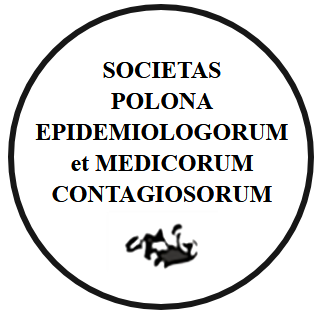ABSTRACT
OBJECTIVE. The objective of this study is to conduct a pilot program for self-testing for HIV during the SARS-CoV-2 pandemic. The target population was the partners of newly diagnosed HIV persons. The premise of the program was to offer such partners a test that they could perform in the conditions, at the time, and with the assistance of persons they themselves selected.
MATERIAL AND METHODS. The self-test kits were sent to an outpatient clinic providing care for people living with HIV, where, after taking a preliminary history, the physician who treats the newly diagnosed HIV patients handed them over for use by the partner of the patient. Only the persons who reported having relations with their sexual partner were included in the study. Information on whether the partner accepted the test kit and the self-test result were obtained at the subsequent visit.
RESULTS AND DISCUSSION. Between June 2020 and March 2021, the total number of handed out test kits was 48 kits intended for 24 persons, included 11 women, average age of participants: 35, sexual orientation: 20 persons reported heterosexual orientation, two persons reported homosexual orientation, two failed to provide information on their sexual orientation. All persons tested negative. The pilot program found that self-testing kits are a method for HIV screening in partners of newly diagnosed HIV persons that is simple to apply and easy to accept.
STRESZCZENIE
CEL PRACY. Celem pracy było przeprowadzenie pilotażowego programu umożliwiającego samodzielne testowanie w kierunku HIV w czasie pandemii SARS-CoV-2. Populację docelową stanowili partnerzy osób z nowo rozpoznanym zakażeniem HIV. Założeniem programu było zaoferowanie wykonania testu partnerom tych osób w warunkach, czasie i asyście osób wybranych przez osobę testującą się.
MATERIAŁ I METODY. Testy do samodzielnego wykonania zostały przekazane do poradni specjalistycznej sprawującej opiekę medyczną nad osobami żyjącymi z HIV, gdzie lekarz prowadzący osoby z nowo zdiagnozowanym zakażeniem HIV po wstępnym wywiadzie przekazywał test dla partnera osoby konsultowanej. Pod uwagę brane były jedynie osoby deklarujące utrzymywanie dalszego kontaktu z partnerem seksualnym. Informacja na temat akceptacji i wyniku testu do samodzielnego wykonania uzyskiwana była na kolejnej wizycie.
WYNIKI I ICH OMÓWIENIE. W okresie od czerwca 2020 r. do marca 2021 r. łącznie przekazano 48 testów dla 24 osób, w tym 11 kobiet, średnia wieku badanych: 35 lat, orientacja seksualna: 20 osób zadeklarowało orientację heteroseksualną, dwie osoby homoseksualną, u dwóch nie podano informacji o orientacji. Wszystkie osoby, które wykonały test uzyskały wynik ujemny. W przeprowadzonym programie pilotażowym testy do samodzielnego wykonania okazały się łatwą do zaakceptowania i nieskomplikowaną w przeprowadzeniu metodą do screeningu zakażenia HIV w grupie partnerów seksualnych pacjentów z nowo wykrytym zakażeniem HIV.
You can change cookies settings in your browser. Restricted use of cookies in the browser configuration may affect some functionalities of the website.





